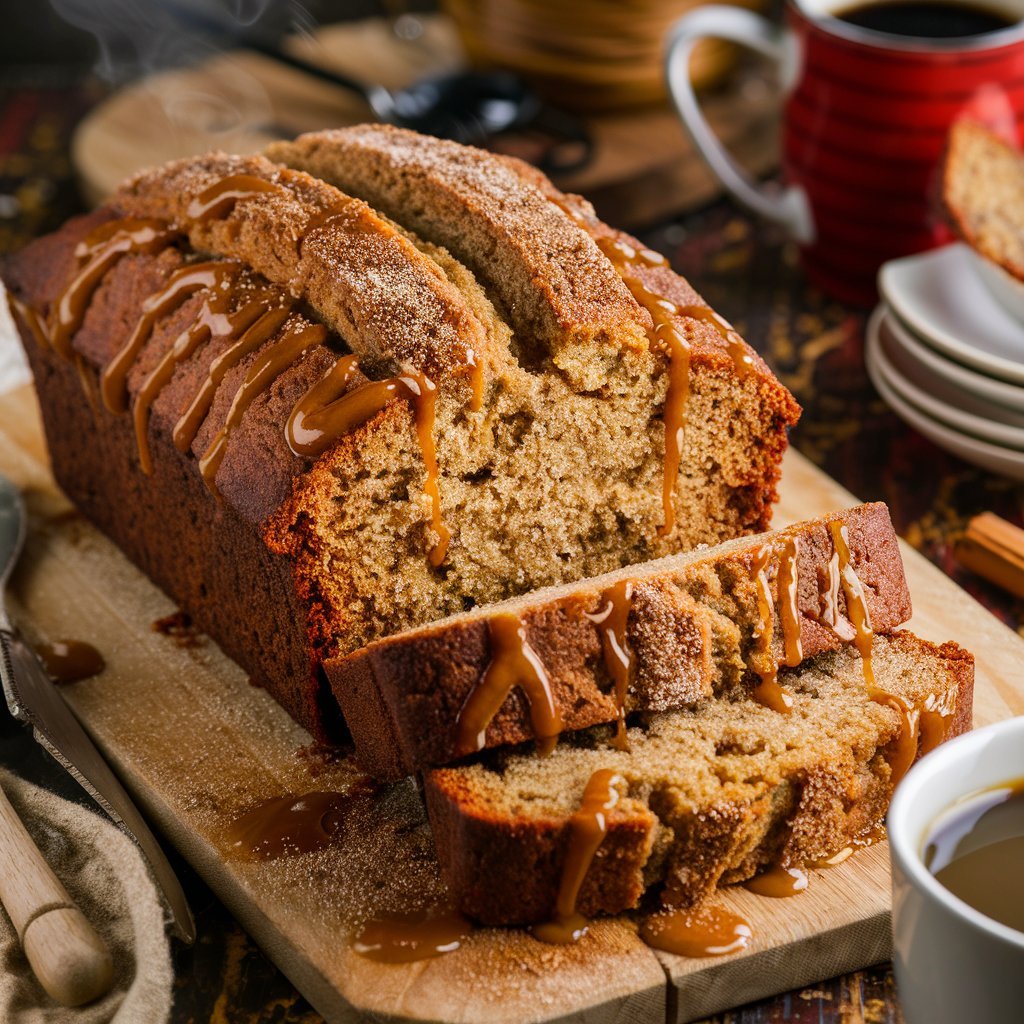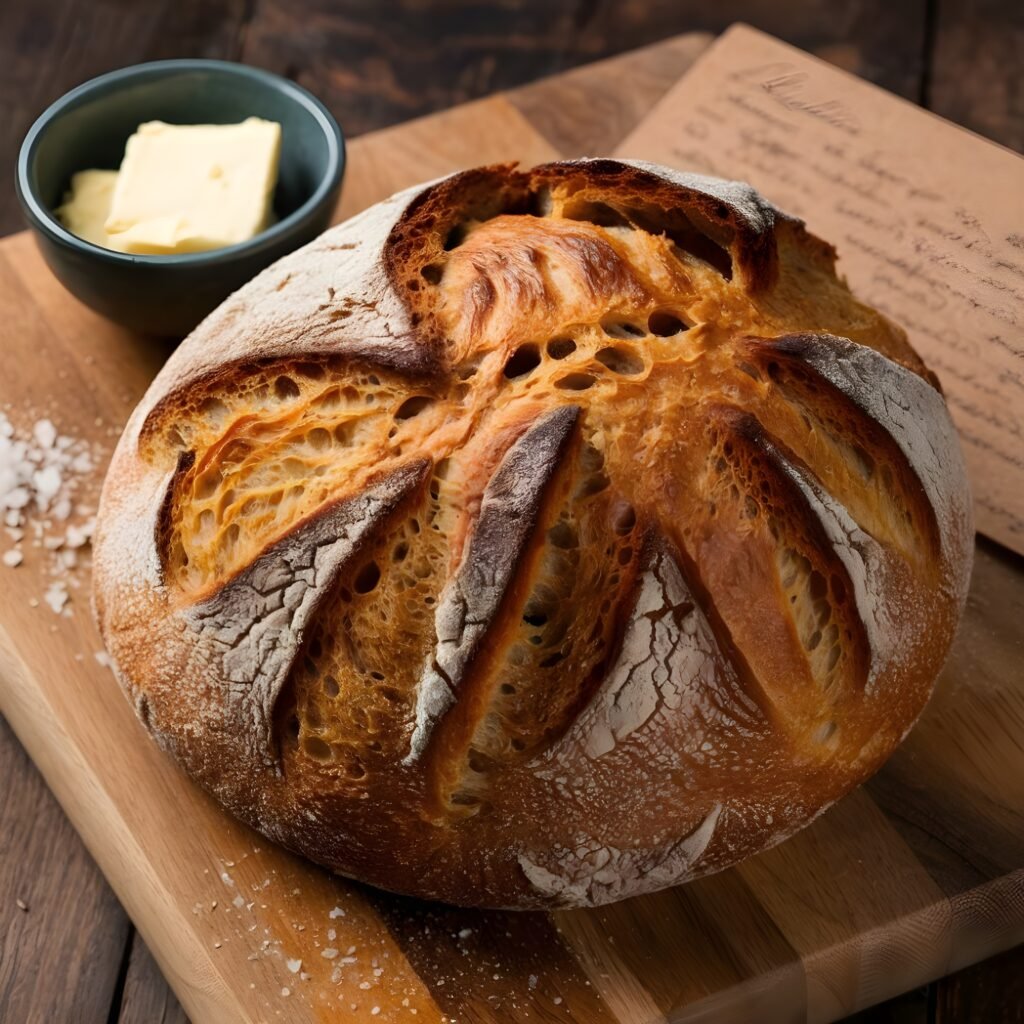
In this article, we will discuss an easy homemade sourdough bread recipe that does not require a starter. We will provide a step-by-step guide on how to make this delicious bread, along with the nutrients it provides, serving suggestions, and other important information about the recipe.
How to Make Easy Homemade Sourdough Bread Without a Starter?
1. In a large mixing bowl, combine 3 cups of all-purpose flour, 1 1/2 cups of warm water, 1 packet of active dry yeast, 1 tablespoon of sugar, and 1 teaspoon of salt.
2. Mix the ingredients together until a sticky dough forms. Cover the bowl with a clean kitchen towel and let it sit at room temperature for 12-18 hours.
3. Preheat your oven to 450°F (230°C) and place a Dutch oven or baking dish inside to warm up. Meanwhile, transfer the dough onto a floured surface and shape it into a round loaf.
4. Place the dough in the preheated Dutch oven, cover it with the lid, and bake for 30 minutes. Then, remove the lid and bake for an additional 15-20 minutes until the bread is golden brown.
What Nutrients Does Sourdough Bread Recipe Provide?
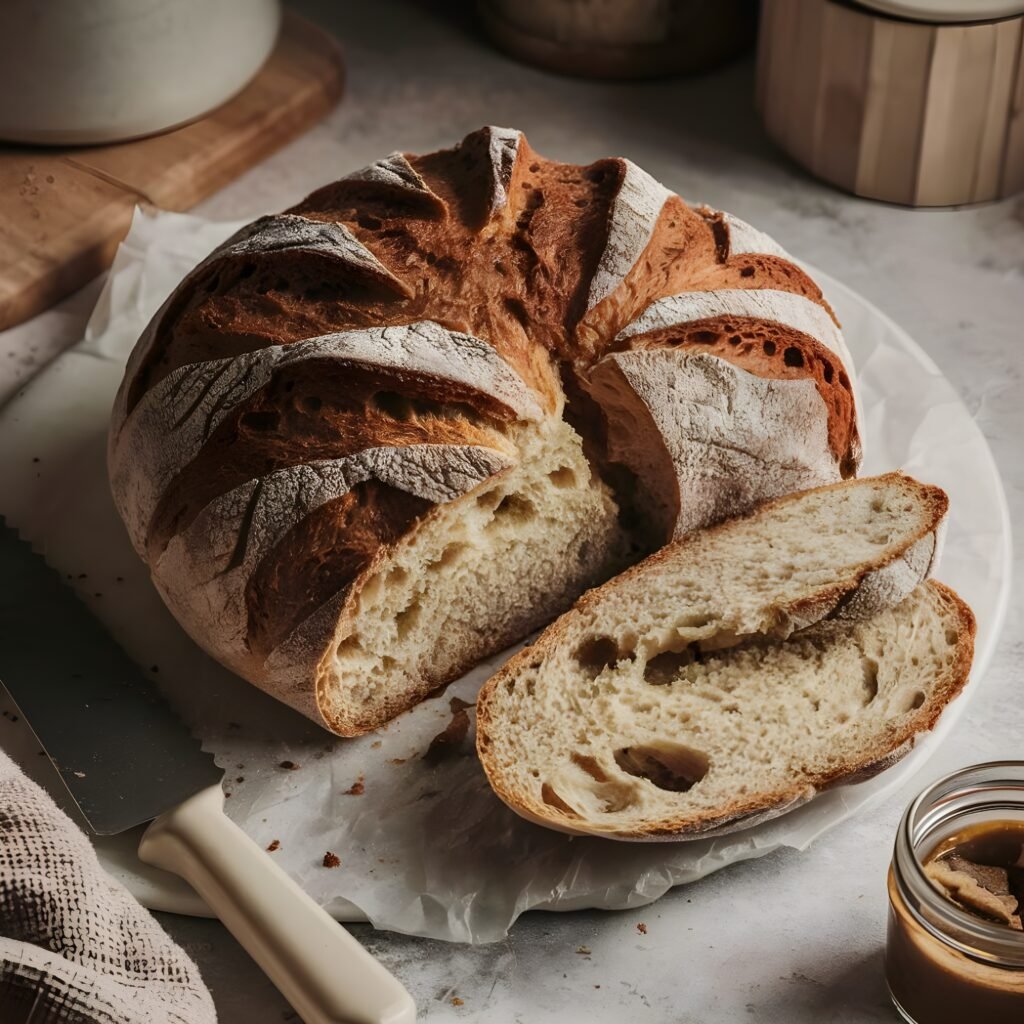
Sourdough bread is rich in essential nutrients such as iron, magnesium, and B vitamins. It is also a good source of fiber, which helps with digestion and promotes gut health. Additionally, sourdough bread is lower in gluten than traditional bread, making it easier to digest for some individuals.
How Should I Serve Easy Homemade Sourdough Bread Recipe?
Easy homemade sourdough bread is versatile and can be served in various ways. You can enjoy it fresh out of the oven with butter or olive oil, use it as a base for sandwiches or toast, or pair it with your favorite soup or salad. The tangy flavor of sourdough bread complements both sweet and savory toppings.
Can I Add Other Ingredients to the Sourdough Bread Recipe?
Yes, you can customize your easy homemade sourdough bread by adding ingredients such as herbs, seeds, nuts, or dried fruits to the dough. These additions will enhance the flavor and texture of the bread, giving it a unique and personal touch. Experiment with different combinations to find your favorite variation of sourdough bread.
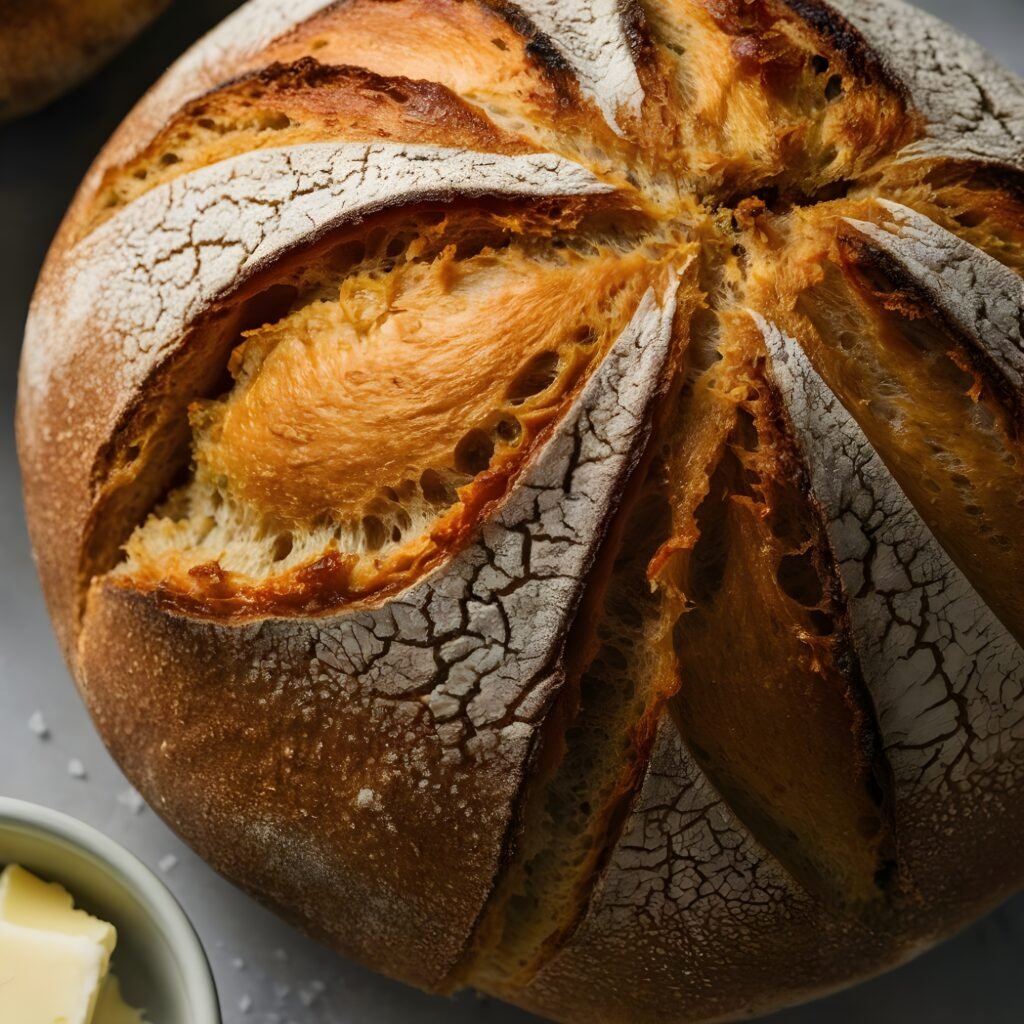
How Long Does Easy Homemade Sourdough Bread Recipe Last?
Easy homemade sourdough bread can be stored at room temperature in a paper bag or bread box for 2-3 days. To prolong its freshness, you can freeze the bread in an airtight container for up to 3 months. Simply thaw the bread at room temperature or in the oven before serving.
Conclusion
In conclusion, making easy homemade sourdough bread without a starter is a simple and rewarding process. This recipe allows you to enjoy the delicious taste and nutritional benefits of sourdough bread without the need for a complex starter. Experiment with different variations and serving suggestions to create your perfect loaf of sourdough bread.
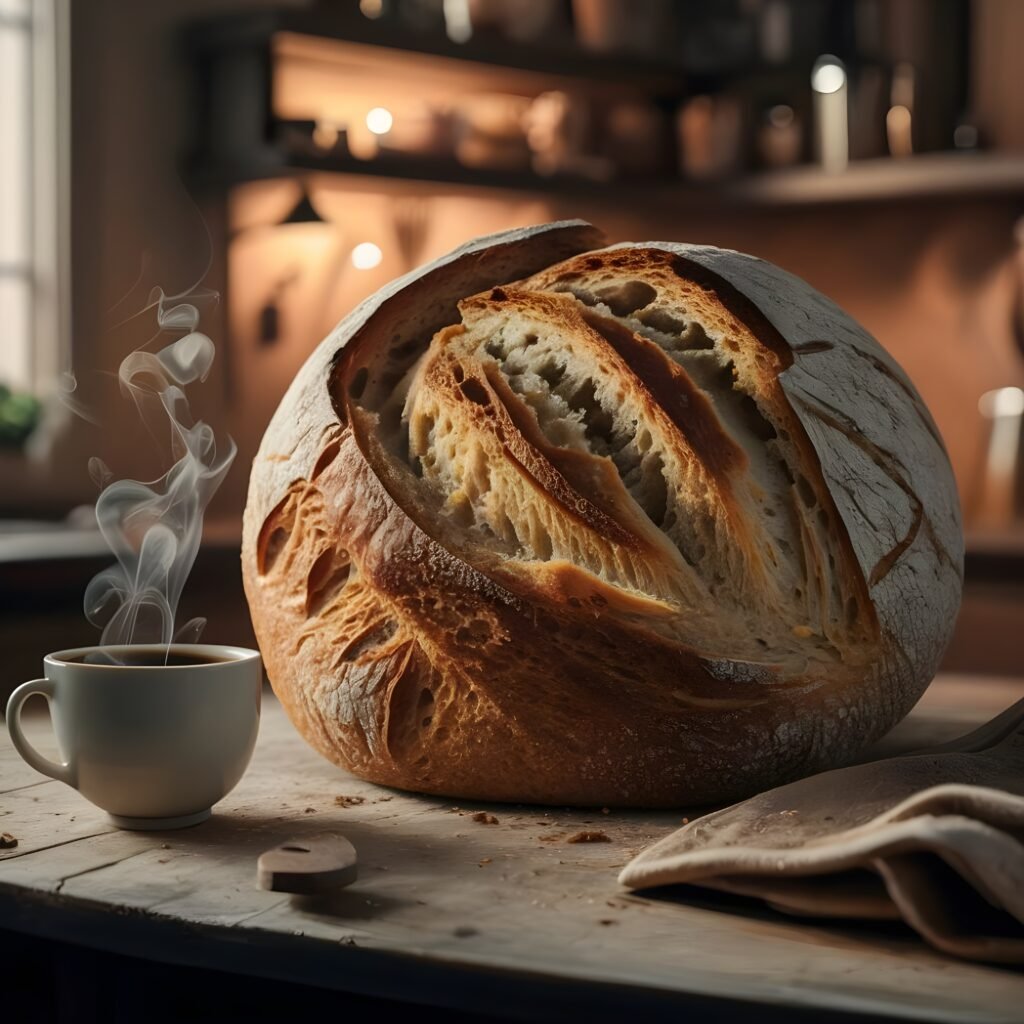
FAQs
1. Can I use whole wheat flour instead of all-purpose flour?
Yes, you can substitute whole wheat flour for all-purpose flour in this recipe. Keep in mind that whole wheat flour may result in a denser texture and slightly altered flavor, but it will still produce a delicious loaf of sourdough bread.
2. How can I tell if the bread is fully baked?
You can check if the bread is fully baked by tapping the bottom of the loaf. If it sounds hollow, the bread is done. You can also use a food thermometer to check if the internal temperature of the bread has reached 190°F (88°C).
3. Can I add honey or maple syrup instead of sugar?
Yes, you can use honey or maple syrup as sweeteners in this recipe. They will add a subtle sweetness and depth of flavor to the bread. Adjust the amount according to your taste preferences.
4. Why is sourdough bread considered healthier than other types of bread?
Sourdough bread is considered healthier due to the fermentation process, which helps break down gluten and phytic acid, making it easier to digest. The beneficial bacteria present in sourdough starter also contribute to improved gut health and nutrient absorption.
5. Can I make this recipe gluten-free?
Unfortunately, this recipe is not gluten-free as it contains all-purpose flour. However, you can explore gluten-free sourdough bread recipes that use alternative flours such as rice flour, almond flour, or gluten-free all-purpose flour.



